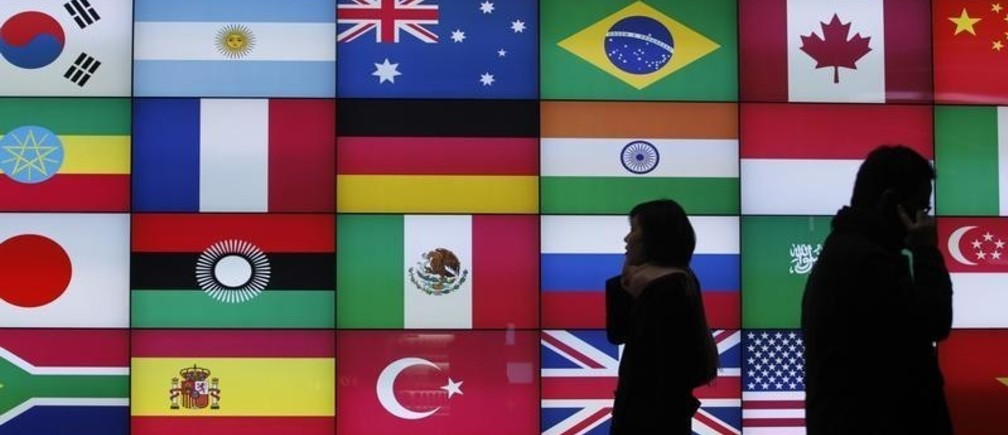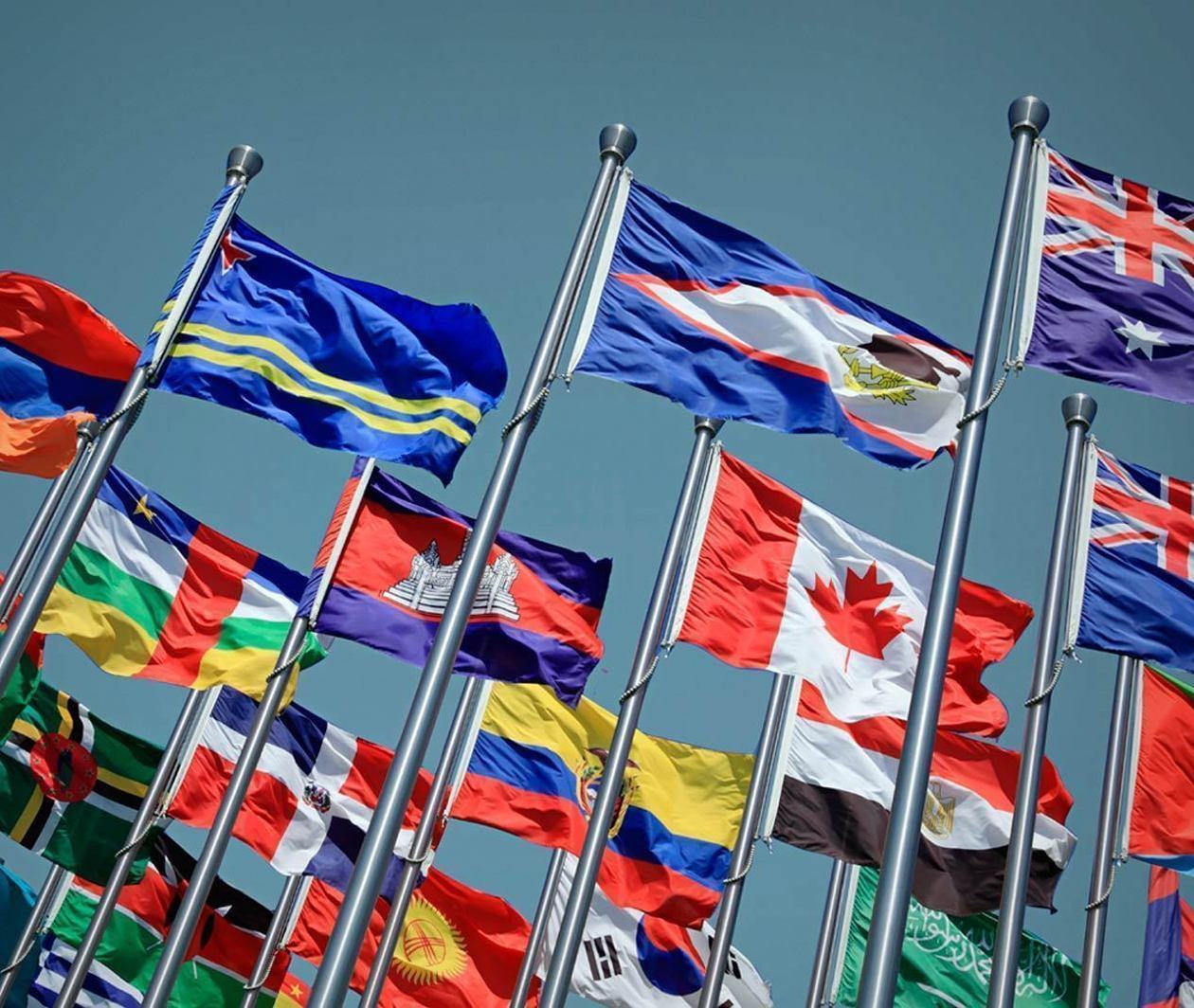Editor's Note:
The writer, Mr. I. Hussain Janjua is a senior media professional and analyst having experience of research & broadcast journalism in different organisations. He is a non-resident fellow of Chengdu Institute of World Affairs (CIWA). (Email: [email protected]; twitter: @ihussainjanjua)
The Cold War that had begun in 1947 and ended with the collapse of Soviet Union in 1991 was a geopolitical chess match between the United States, the Soviet Union, and both parties’ allies in which the major power players sought to project their respective ideologies across the globe in the wake of colonialism’s collapse following World War Two.
A number of factors that had emerged in the wake of the Second World War, pitting Russia against the US as the World War II ended with the Soviet Union and United States as allies that triumphed over Nazi Germany.
However, the two ended up a couple of years later as enemies in a Cold War of distrust that prevailed for years to come because there were many tensions early on and once the common threat of Germany and Japan was removed, it was only a matter of time for the shaky relationship to fall apart.
After the end of the Cold War, the United States of America stood victorious. Its ideological enemy – the Soviet Union – had dissolved and thus, the bipolar world order had ended. The post-Cold War world was, for Americans, a unipolar belle époque, in which American hyper-power dominated the global scene economically and strategically.

The post-Cold War scenario was marked by almost total absence of the conflict between the two superpowers in both theoretical and military sense. The arms race was considerably reduced and the first-time world countries focused on globalization, growth of free market economy and spread of technology.
Despite the fact that the Cold War ended almost three decades ago, but it continues to influence our world even today. The nation-building and internationalism of the Cold War, along with many of the political and military alliances forged during the period, continue to endure. Many Cold War ideas and attitudes still color our political ideology and language.
Proxy wars and meddling have profoundly affected the developing world and contributed to ongoing troubles in some areas. Cold War interventions in the Middle East and countries like Afghanistan have created destabilization and contributed to the rise of separatist movements.
In recent times, the United States and Russia have charted their own foreign policy, leading to new tensions and difficulties. On the other hand, China has emerged as a post-Cold War superpower, replacing the Soviet Union, while nations like Germany, Japan and South Korea have grown and prospered.
Resultantly, the optimism of early post-Cold War era has fast diminished and the world is still faced with numerous challenges. No doubt improvements have been made in certain areas like poverty alleviation, education and health but even today more than 70 percent of the people in the world according to reliable estimates own less than 3 percent of total wealth in the world while 1 in 9 people lack access to clean water across the world and the same ratio exists with respect to the malnourished though emergence of new technology in agriculture and increased awareness has improved conditions.

However, political conflicts have drastically increased over the years. Terrorism and the rise of religiously-motivated insurgent groups have forced the hand of several governments, raising the defense spending around the world and the political polarization has skyrocketed with the rise of social development globally along with discrimination.
And more significantly health statistics in developing nations have widely shown that aside from malnourishment, access to clean and affordable living conditions has lagged in the developed world. Life expectancy in developing nations is on average 14 years behind developed nations. Though, the overall health has increased over the years, thanks to organizations such as WHO, but the corona pandemic has even exposed tall claims of the most developed countries while it triggered other controversies too.
There is no doubt that the present world is equally troublesome particularly when viewed from human angle as polarization is again on the rise. The world’s two most populous countries are at loggerheads as well as chronic disputes like Palestine and Jammu and Kashmir still haunt the world
The Shanghai Cooperation Organization (SCO), or Shanghai Pact, is a Eurasian political, economic, and security alliance, that was created in 2001 with China, Kazakhstan, Kyrgyzstan, Russia and Tajikistan as its founding members which has now swelled to eight with Uzbekistan, India and Pakistan being the new entrants.

The SCO is widely regarded as the Alliance of the East, due to its growing centrality and has been the primary security pillar of the region while it accounts for approximately half of the world's population, a quarter of the world's GDP, and about 80 per cent of Eurasia's landmass.
The organization is growing rapidly with Afghanistan, Belarus, Iran and Mongolia given observers status and Armenia, Azerbaijan, Cambodia, Nepal, Sri Lanka and Turkey becoming dialogue partner while ASEAN, CIS, Turkmenistan and the UN as guest participants while more countries aspire to join this forum.
In this scenario of mistrust there is urgent need for realignments and setting new targets for making the world peaceful and harmonious while the the SCO has emerged as a prominent forum and has the potential to play more effective role and lead the world as the unipolar world at the moment is exposed to increasing dangers but firstly it needs to put its own house in order by resolving the all the disputes among its own members primarily the Sino-India tension and the core and long-standing issue of Kashmir.
(ASIA PACIFIC DAILY)
 简体中文
简体中文

